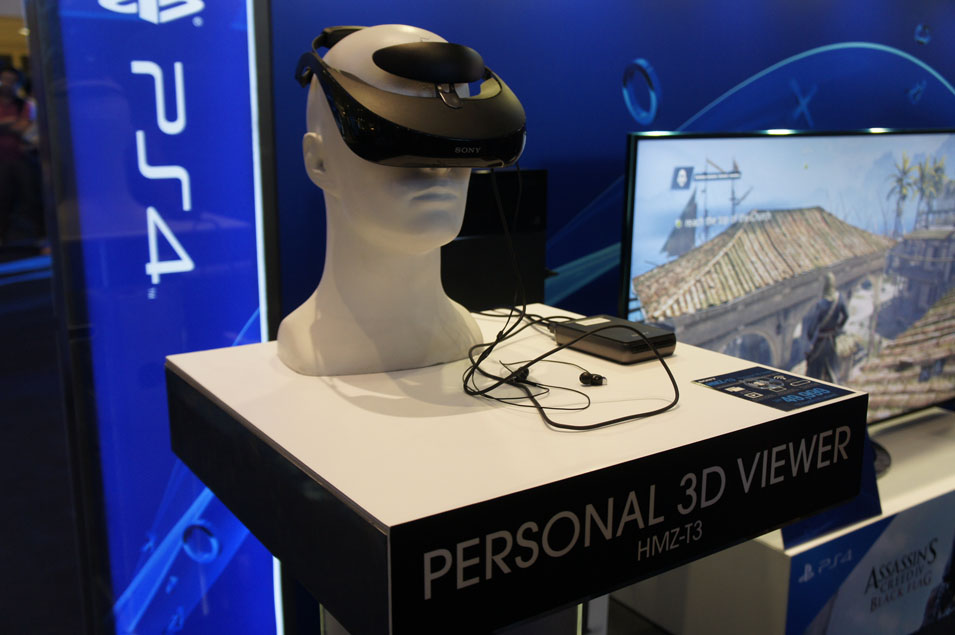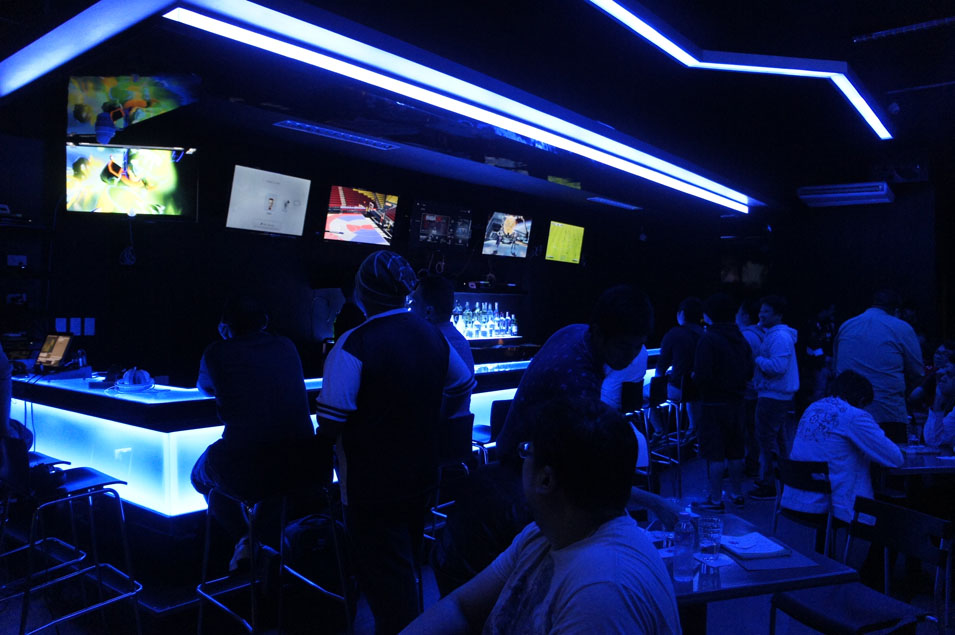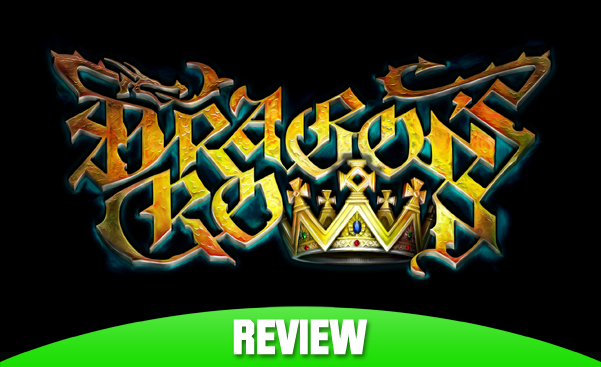 Remember the arcade game Dungeons and Dragons: Chronicles of Mystara? If so, great: you have a perfect idea of what to expect from Dragon’s Crown. But for those that don’t - Dragon’s Crown is a side-scrolling 4-player beat-em-up action RPG with an alluring art design and gameplay to keep you up for hours upon hours playing with your friends. I was sold when I found out how the game played, and when I was done with it, I enjoyed every minute.
Remember the arcade game Dungeons and Dragons: Chronicles of Mystara? If so, great: you have a perfect idea of what to expect from Dragon’s Crown. But for those that don’t - Dragon’s Crown is a side-scrolling 4-player beat-em-up action RPG with an alluring art design and gameplay to keep you up for hours upon hours playing with your friends. I was sold when I found out how the game played, and when I was done with it, I enjoyed every minute.
I’m a sucker for 2D side-scrolling beat-em-ups. This was a no-brainer for me to pick up, and what surprised me most was that it’s actually a deep game that could keep you busy for well over 10 hours. Games like this just don’t last that long for your first play-through. Another surprise: Dragon’s Crown is not a brainless hack-and-slash. Of the six classes, each plays completely differently and boasts something unique about them. The Elf archer always has to remember to pick up her arrows after using them, for instance, and the mages need to manage their Mana gauges so you won’t find yourself constantly recharging for more Mana. The combat is that of a beat-em-up at heart, with each class having a base skill set that allows for combos, and even aerial combos. There’s a learning curve for each adventurer, and playing as another feels like a different experience. Match that with the skills and abilities you can earn after gaining a new level, and you’ve got yourself a very deep system that gets you thinking on how to grow your character, making this game a lot more than what we’d expect from the genre.
Once you are out of the tutorial and can get your bearings in town, you’re off to search for the titular Dragon’s Crown. The main task in finding this crown is to snag the 9 talismans found randomly in each location available in the game. The story was literally forgettable in the first hour. Characters were not even close to being memorable. I just wanted to get in there and start playing. This isn’t a game you play for the plot. The story sets the stage, and everything else takes over from there.
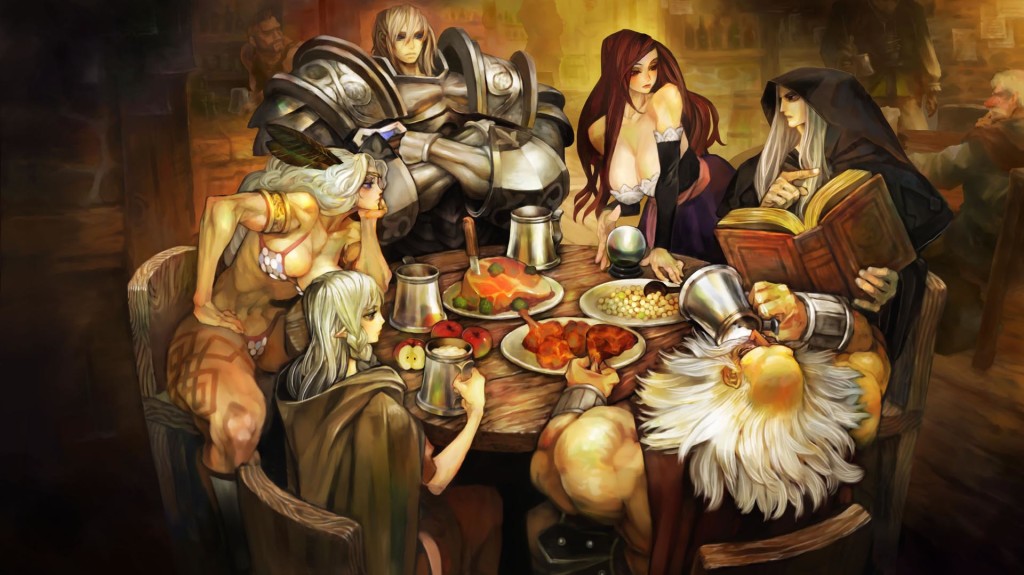
Go on an “adventure” with a friend, or alone with a bunch of AI, it’s up to you, but at the end of every leg, you are given gear to strengthen your character and a score that later becomes converted to experience points. Every piece of loot found in chests during each run only gets revealed after you decide to go back into town. The loot is graded from E (being the worst kind of item quality) to S (being the best kind). The rarity of the items you find is quite random, but the longer you continue without heading back to town, the more experience and loot you receive. It’s a risk-and-reward concept that makes you think hard as to whether your group can withstand another round for better rewards, or head back to collect all your loot and experience, avoid failure, and prepare for another run.
With the game requiring the player to search for these talismans, you will be playing each locale multiple times. The number of stages in Dragon’s Crown is a bit disappointing. Levels are recycled over and over, even for harder difficulties, making me wish for new locations to play in. Sure, each stage has two paths to take, leading to a different boss fight, but even that won’t stop the thought of wishing for more. It’s worth mentioning that each location has locked doors and hidden paths leading to more treasure, so it’s not simply a matter of forging from point A to point B in a straight line. It’s a small distraction, but the secrets go a long way, since the need to find better loot will always be on your mind.
This game is also available on Vita and they add one feature that makes sense for a handheld, but would be kind of awkward for PS3 players. The right joystick lets you control a cursor on the screen, allowing you to interact with chests and shining objects, leading to hidden secrets, loot, and coins to improve your score. With the game being chaotic as it is, seeing floating cursors from each player can be a bit distracting. Speaking of the Vita, you can actually import your PS3 character to your handheld. Sadly, there’s no Cross-play, but at least the option is there.
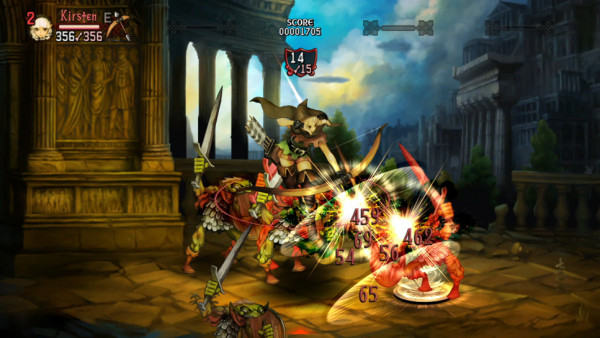
With all the chaotic goodness we get out of the combat, which is mixed with combos and magic spells filling the screen, the art design used in this game is very appealing, but at the same time... too much? Most of the female characters can be a little distracting thanks to their “assets” and how they are positioned. Many will think this is great; some might find it offensive. So it really depends on your perspective on the matter. The design used works well with what the game is trying to achieve, which is the important thing in the end. For me, it’s just Japanese culture as seen in animé/manga seeping into the overall design. Now, if you mix everything together, including the sound design and soundtrack, you not only have a game that is addicting to play, but also a treat for the eyes and ears.
In your adventures, you might find the remains of a character. Once you return to town, you can revive these bones and earn companions to add to your party. They can’t be edited in any way, and can’t level up. They’re literally fillers to keep the group full at all times, because chaotic fun is always the best kind of fun. Offline, there’s stock characters to find, but online, you can unearth remains of other player’s characters. It can be random since you might find someone a few levels lower than you, or someone that’s almost at max level. They become disposable after a couple of uses since you can’t repair their equipment, so constantly replacing them is required.
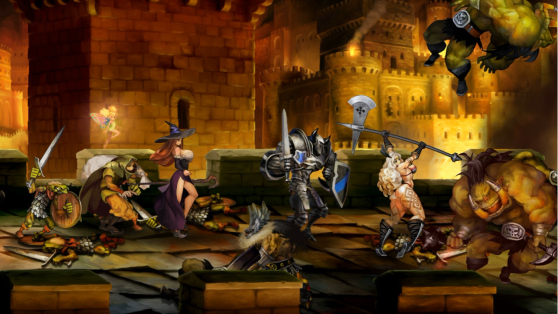
Dragon’s Crown can be played in many different ways: alone, online multiplayer, or local co-op with one screen. This game is better appreciated with others; going solo doesn't seem right. If you do decide to find players online, it’s a system that instantly puts you into the action. Latency thankfully is good, with no lag even for players in the Philippines. Not every match has a full group of players, but you can fill up the empty spots thanks to the game’s AI companion system, which is pretty neat for a game like this, and it automatically fills the slots during combat. Playing with friends on one screen, local co-op style, can remove any momentum that you had when playing the game. Once you've completed a run, everybody naturally checks their loot, allots their skill points, and adjusts their equipment. We can’t do all of this all at once. fixing your character after a run can only be done one at a time. Once a player enters a store, they get the whole screen, and the rest will have to wait until he is done doing his business. This provides a lot of downtime since the rest are forced to sit down and watch. As much as I want the local co-op to be the best way to play, online seems better since you get the whole town to yourself and you party with friends and players after you're done with all you have to do in town. No more screen hogging.
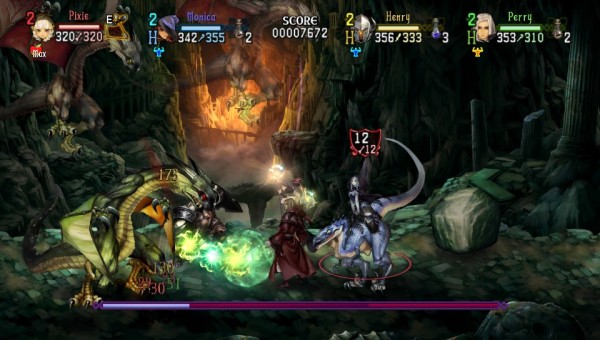
Even with the lack of stages and the close-to-nothing story, this game is worth it if you are looking for something to play with friends. The combat is addicting, and the character progression is very deep for a beat-em-up. The art design can come out controversial for some, but does the job in making it an appealing game. Dragon’s Crown shows that this genre still has a place in the retail market. Vannilaware did amazing work here, and has refueled my love for 2D side-scrolling beat-em-ups. Hopefully we find more like this as we enter the next generation of console gaming.
8.5/10
Pros:
- Solid beat-em-up combat, and surprisingly deep character progression
- Strong replay value
- Game is quite long per play-through
Cons:
- Not enough stages to play in. Feels like areas are reused quite early
- In-town character maintenance in local co-op can only be done one by one, leading to significant downtime
 The PlayStation 4 has officially launched in the Philippines! Celebrated with a 2 day launch event at Glorietta 2 on the 14th and 15th of January 2014 with a bunch of games that you can try out in their open exhibit area.
The PlayStation 4 has officially launched in the Philippines! Celebrated with a 2 day launch event at Glorietta 2 on the 14th and 15th of January 2014 with a bunch of games that you can try out in their open exhibit area.




